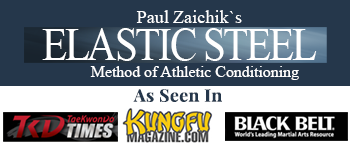~Harmony~, Which Variation is best for you?
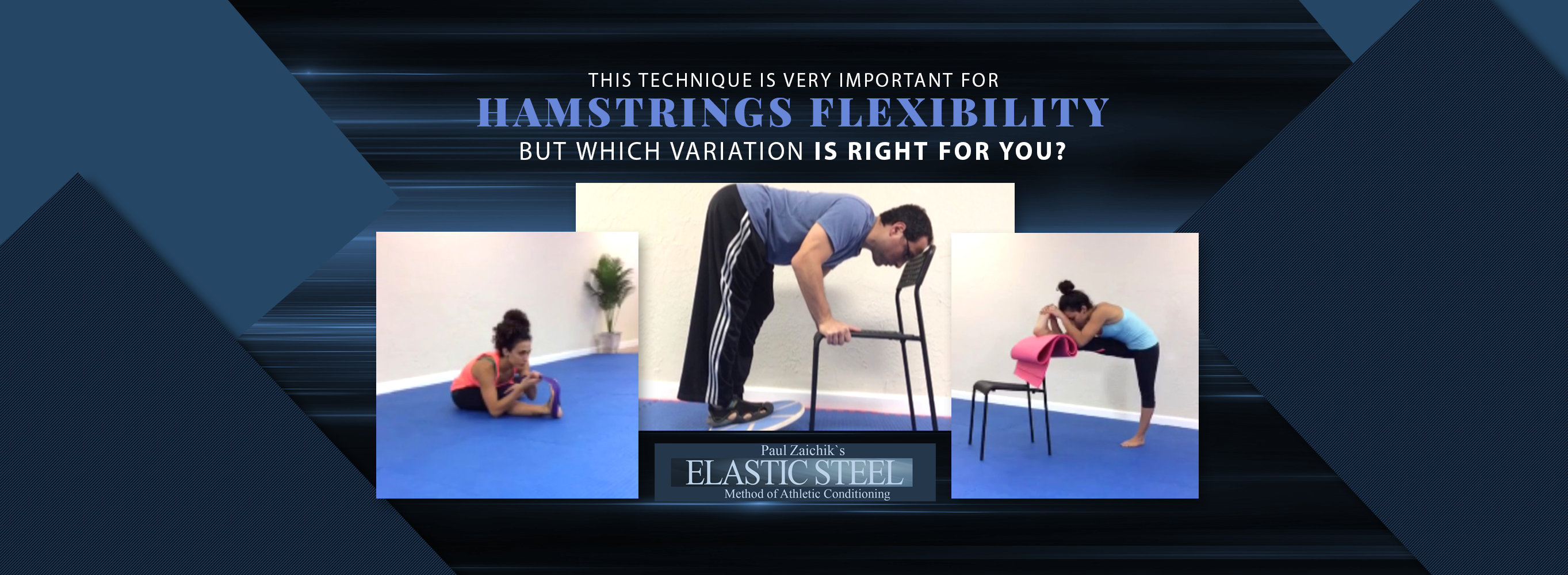
If you use Zaichik Stretching Technique (Formerly known as Kinesiological Stretching Techniques), you are probably familiar with ~Harmony~. This ZST is a very important component of hamstrings/posterior chain flexibility regimen. However it’s different from almost all others ZST’s.
Its focus is on other tissues besides muscles, that prevent hamstrings flexibility. Those tissues are: Fascia, Nerve and Skin.
Positions
~Harmony~, just like other Zaichik Stretching Techniques can be performed in various positions. Because ZST are moving stretches, factors like:
- muscular effort
- gravity advantage
- joint position and
- leverage
Here is a sample of 4 positions and the instances when to use them or not to use them:
Sitting Position
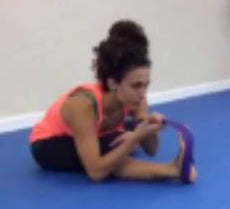
Advantages:
- No equipment needed.
- No balance needed.
Disadvantages:
- In sitting on the floor position an advantage can be taken of gravity only by intermediate and advanced students. A beginner will not have the torso incline forward enough to have optimal leverage.
- Moderate flexibility of the other leg is required if it’s folded.
- Attention must be paid to fold from the hip and not the back.
- Fingers and pulling muscles must be active and strong enough to pull.
Standing Parallel Position
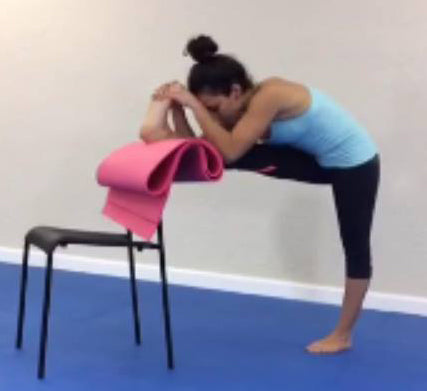
Advantages:
- Due to the standing leg position, the pelvis is tilted forward (anterior tilt), thus flexibility of the leg not being stretched is not a factor.
- For the reason stated above, it is slightly easier to take advantage of gravity than in the sitting position.
Disadvantages:
- Balance must be maintained.
- Care must be taken to fold from the hips and not back. (This is a little bit easier to do compared to sitting position).
- Fingers, arms and back must be strong enough to pull.
- A prop to place under the foot on is required. This may be a challenge in a large class.
Supine Position
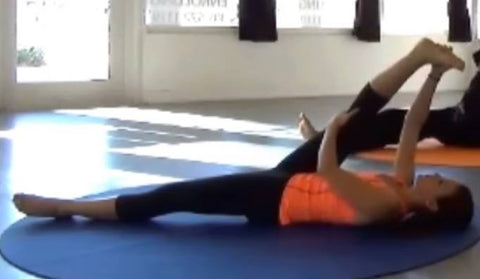
Advantages:
- The back remains straight and protected
Disadvantages:
- Unless the student is advanced, a strap is needed, to aid in the passive target/leverage sequence.
- Gravity is not employed and thus pulling muscles of the upper body must put in extra effort.
Standing Inverted Position
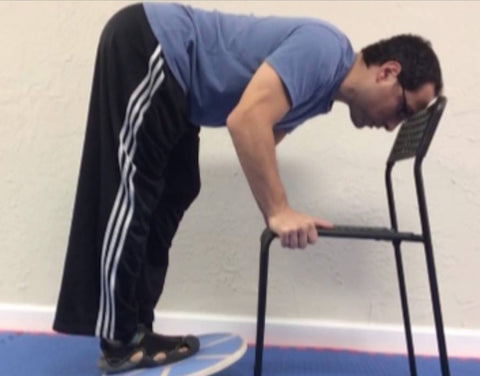
Advantages:
- Full use of gravity.
- No pulling required.
- Back is easy to protect.
Disadvantages:
- Awkward Position to learn.
- Calve Tension as leverage is controlling the calve (If Hip flexion is the target).
How a Position is Picked
As you can see each position is picked based on the needs of the student.
- Some students biggest concern is to protect the back.
- Other may not want to have to pull with their hands.
Due to the nature of ZST’s constant small movements (Target and Leverage), the most advantageous position may different from the one a student uses in her yoga, martial arts or dance practice.
If you as a student have no limitations, it is still a good idea to try all of them. Over the years I have had many students tell me that, they saw a much faster progress in one of the positions compare to the other, and they wish they tried it sooner.
For a COMPLETE follow along hamstrings routine pick your program below:
Hamstrings Beginner
Intermediate Hamstrings
Advanced Hamstrings
© ElasticSteel Corp., EasyFlexibility, Paul Zaichik, et. El., 2022. No part of the materials available through ElasticSteel.com, EasyFlexiiblity.com, site may be copied, photocopied, reproduced, translated or reduced to any electronic medium or machine-readable form, in whole or in part, without prior written consent of Paul Zaichik EasyFlexibility.com, Elasticsteel.com.. Any other reproduction in any form without the permission of Paul Zaichik EasyFlexibility.com, Elasticsteel.com is prohibited. All materials contained on this site are protected by United States copyright law and may not be reproduced, distributed, transmitted, displayed, published or broadcast without the prior written permission of Paul Zaichik, EasyFlexibility.com, Elasticsteel.com.
